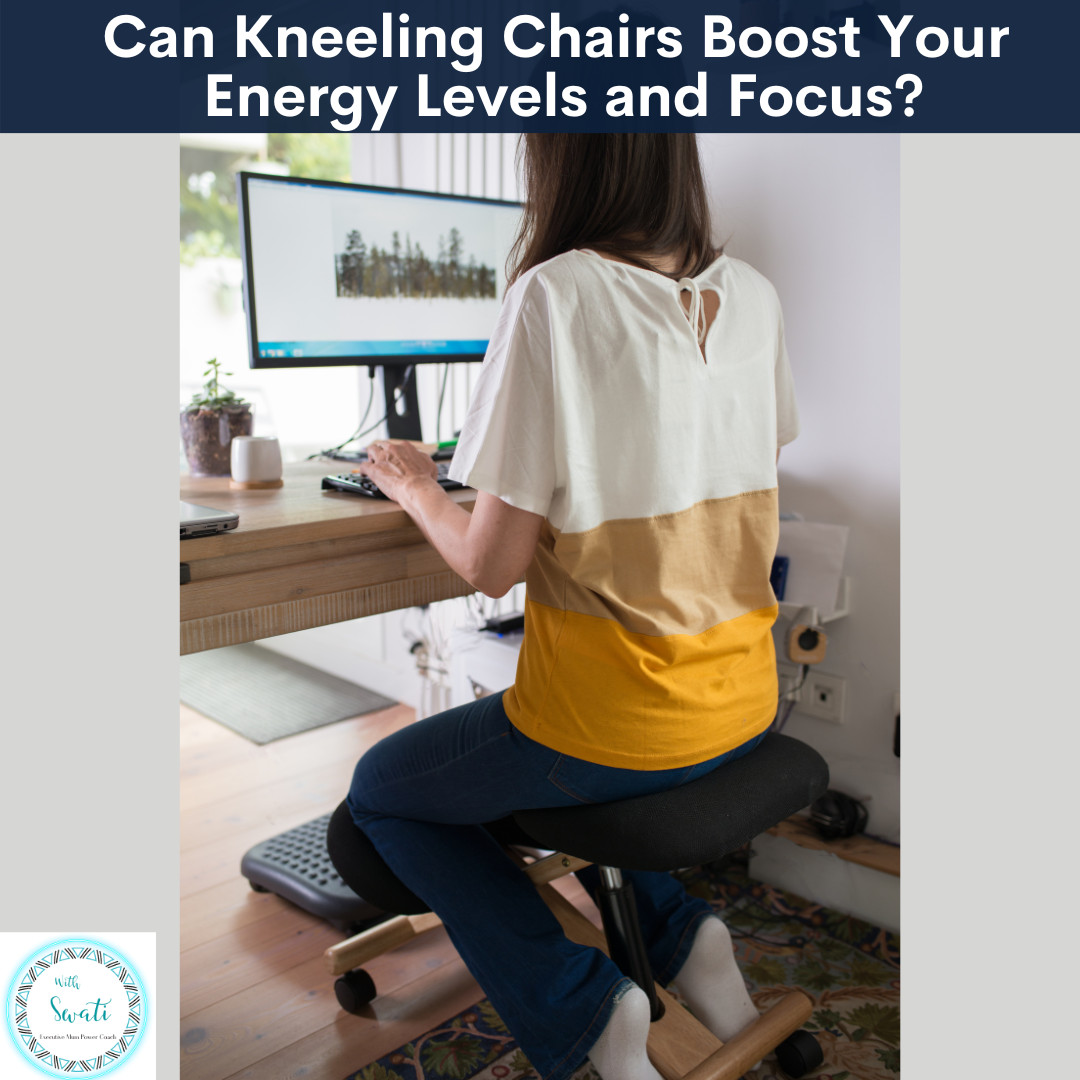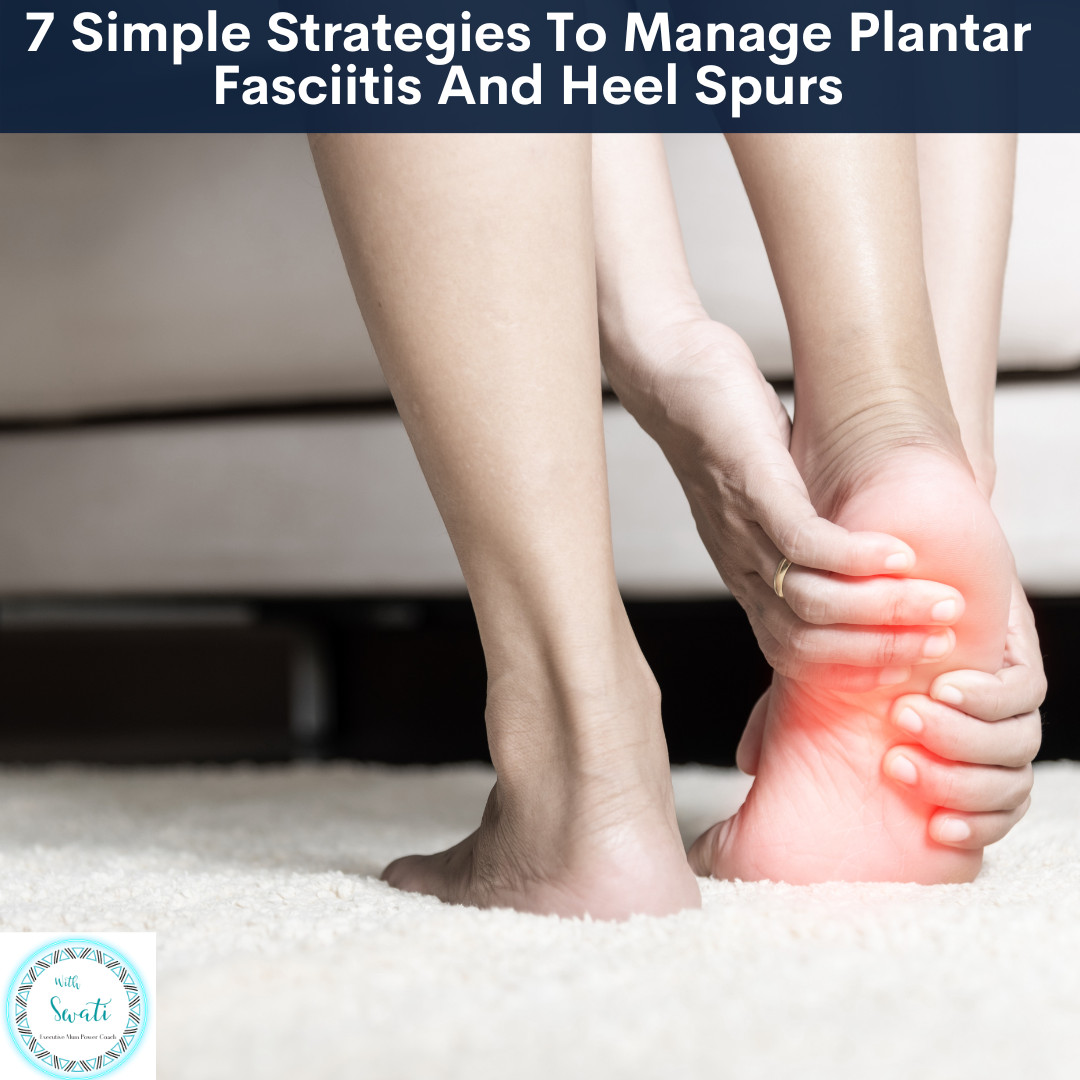
As an executive mum, juggling between work demands and family responsibilities, experiencing neck pain may not be uncommon. However, if you're also feeling tingling or numbness in your arms and hands, it could be more than just stress or fatigue. This sensation can stem from various underlying health issues, but one prevalent cause is nerve compression in the spine. In this blog, lets discuss how Neck Pain can cause tingling or nerve pain in arms, forearms and hands.
Tingling in the extremities, like legs and hands, can arise from various factors including diabetes, vitamin deficiencies, side effects of certain medications and even water retention during pregnancy. However, when it comes to the arms and hands, a common origin is the cervical spine or your neck.
The spine consists of vertebrae stacked on top of each other with discs in between, and nerves exit the spine between each pair of vertebrae. These nerves supply sensations and control to different body parts. Nerves originating from the cervical spine supply the arms, forearms and hands, while those from the lumbar region supply the bottom and legs and feet. Any irritation or compression along their pathways, due to a disc bulge, spinal stenosis, arthritis, degeneration, or any other cause can lead to sensations of nerve pain. This nerve pain can manifest as tingling, burning, sharp shooting pains, dull heavy ache or even numbness.
Our cervical spine, composed of seven vertebrae, can be divided into an upper and lower portion. Nerves exiting from the upper to mid cervical spine, when compressed, can lead to symptoms like cervicogenic dizziness: a form of dizziness stemming from neck issues. Meanwhile, nerves that exit from the mid to lower cervical spine, when irritated or compressed, often cause nerve pain in the arms, forearms and hands.
Understanding this connection between neck issues and arm symptoms is crucial for finding relief. For executive mums, simple ergonomic adjustments at the workplace, like setting the top of the computer monitor 5 to 10 degree below the eye level and ensuring proper seating posture with an ergonomic chair or using an adjustable standing desk can significantly help. Additionally, regular breaks to stretch and relieve tension in the neck, in the form of desk based exercises can prevent the onset of such symptoms.
Watch this video to learn more about "What is nerve pain?"
To find out if your neck and nerve pain are related, observe if the activities that aggravate your neck pain such as poor postures or certain activities also flare up your nerve pain and the activities that relieve your neck pain, such as hot and cold packs, stretches, etc are the ones that also give relief to your nerve pain.
HERE is a free guide on Quick Office Stretches for Nerve Pain Relief where you can get detailed information on how to identify which nerve is the cause of your pain and some simple solutions to manage this nerve pain.
If you like this blog and want to be notified about new blogs as soon as they are published, subscribe to my mailing list below.
I would love to see you around the internet! For other places you can explore more about me: https://withswati.com/page/link
Note: This blog contains affiliate links which will bless me and I will be able to help more people with spinal and nerve pain.
















0 Comments